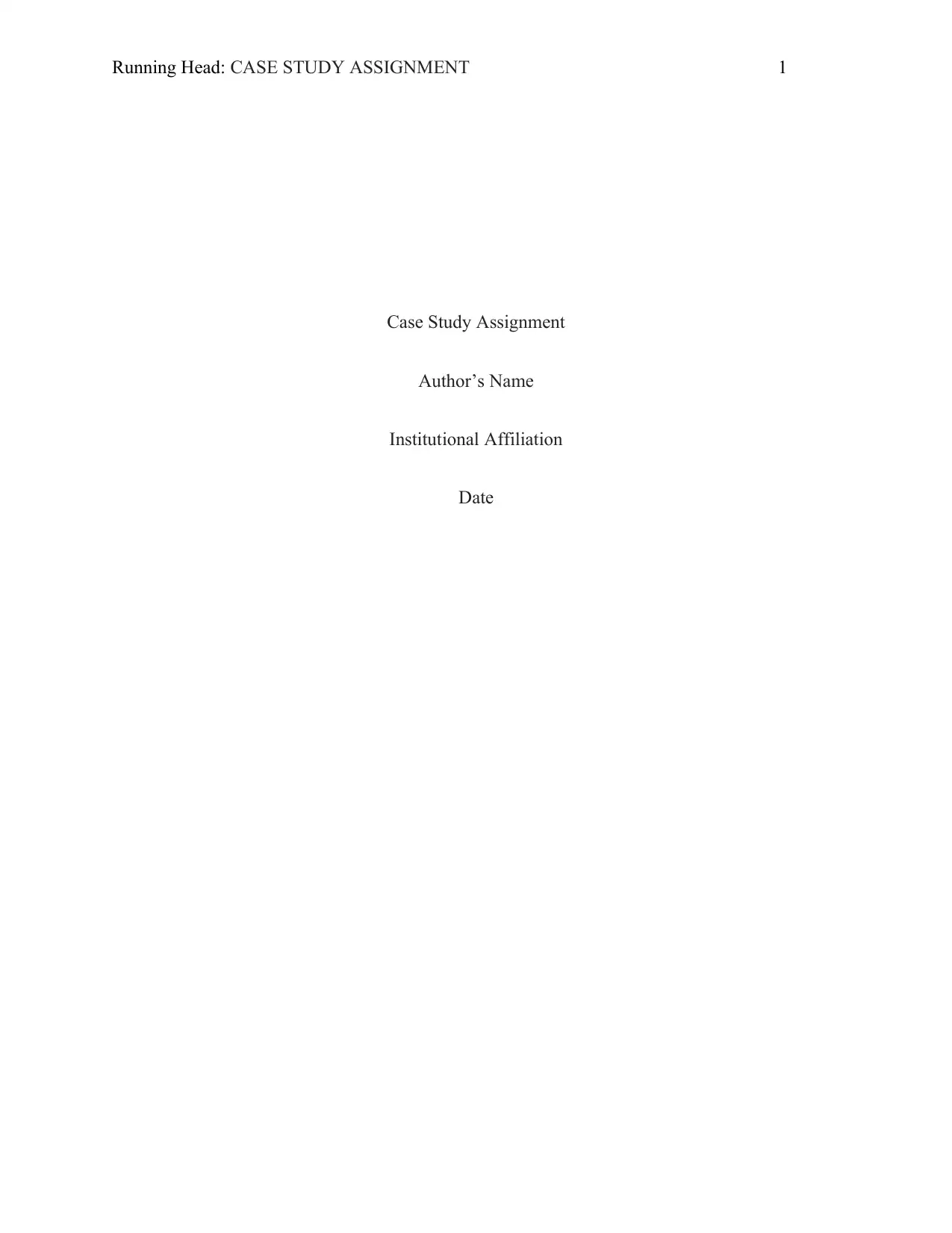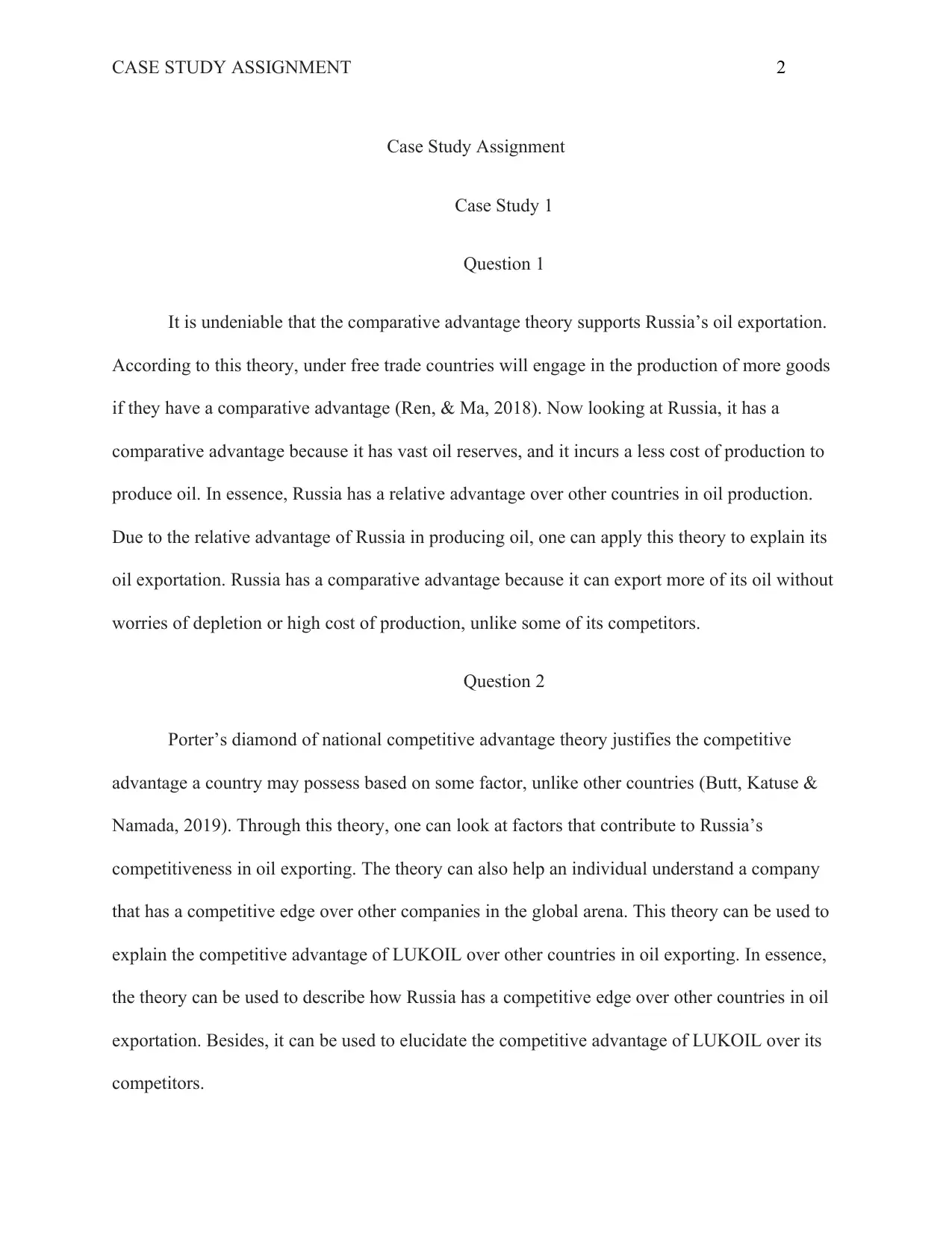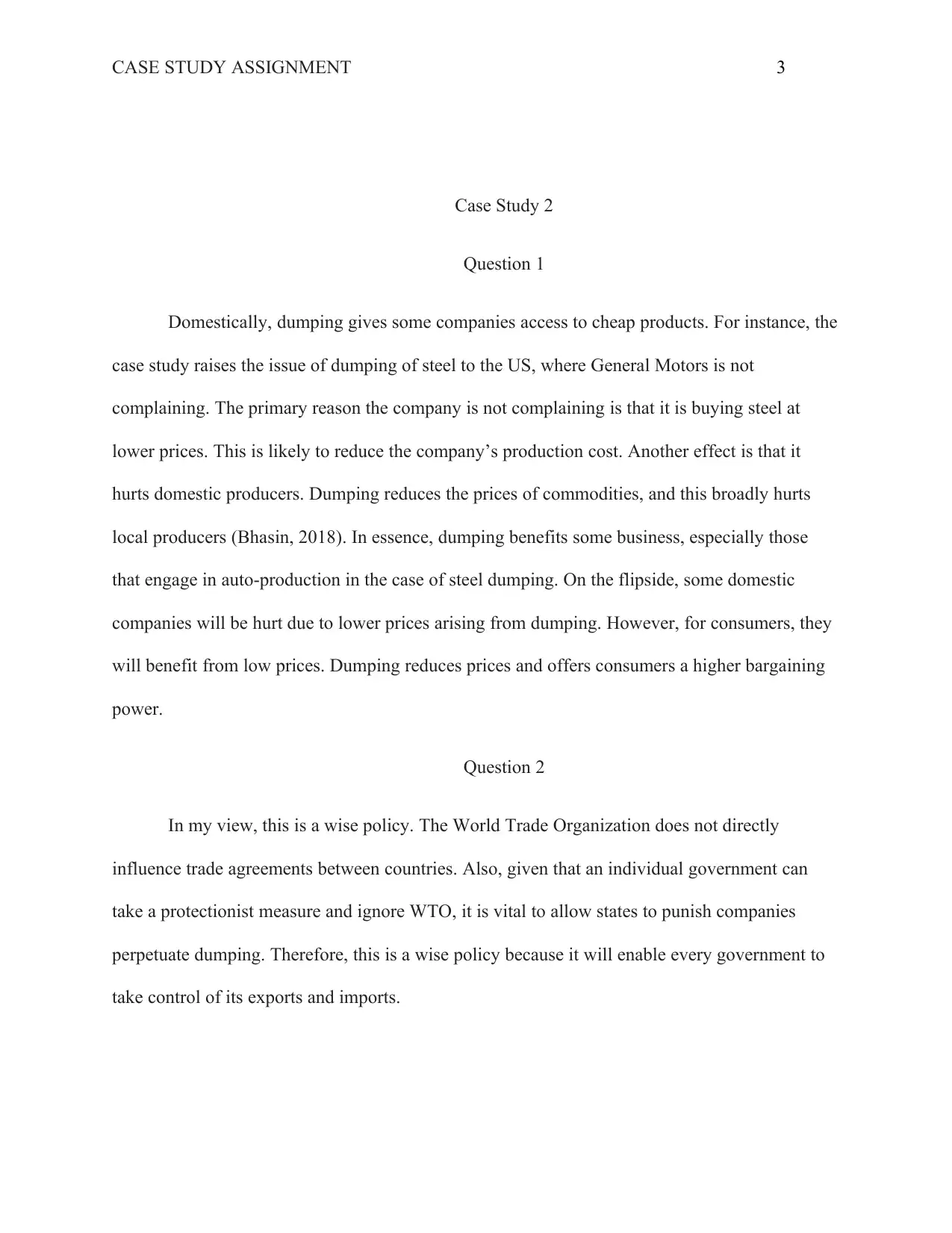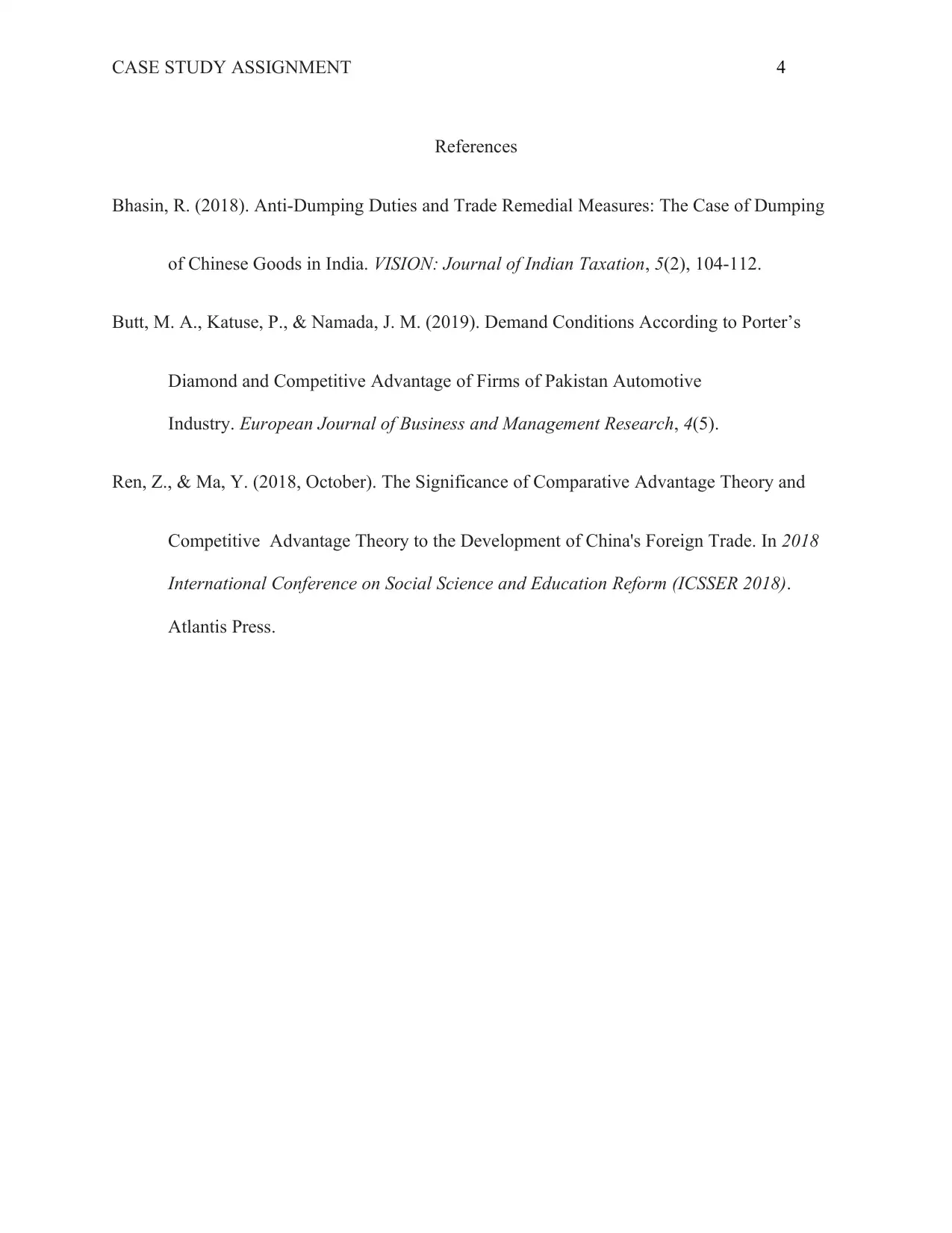Case Study Analysis: Russia's Oil Export and Trade Strategies
VerifiedAdded on 2022/09/16
|4
|685
|25
Case Study
AI Summary
This case study examines Russia's oil export industry, focusing on the strategies of LUKOIL and the country's overall trade dynamics. It applies the comparative advantage theory to explain Russia's competitive position in oil production and export, highlighting its vast oil reserves and lower production costs. The analysis also incorporates Porter's diamond of national competitive advantage to identify factors contributing to Russia's success. Furthermore, the study addresses the issue of dumping, its effects on domestic companies and consumers, and the rationale for government intervention in trade, including the role of the World Trade Organization. The document provides a comprehensive overview of the economic factors shaping Russia's oil export policies and their implications.
1 out of 4











![[object Object]](/_next/static/media/star-bottom.7253800d.svg)